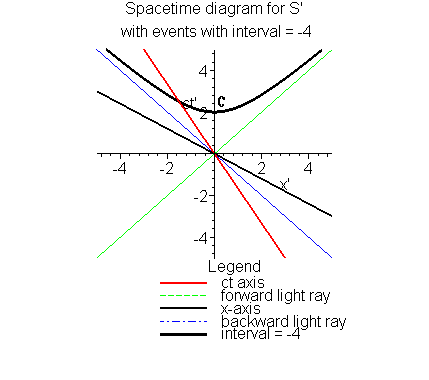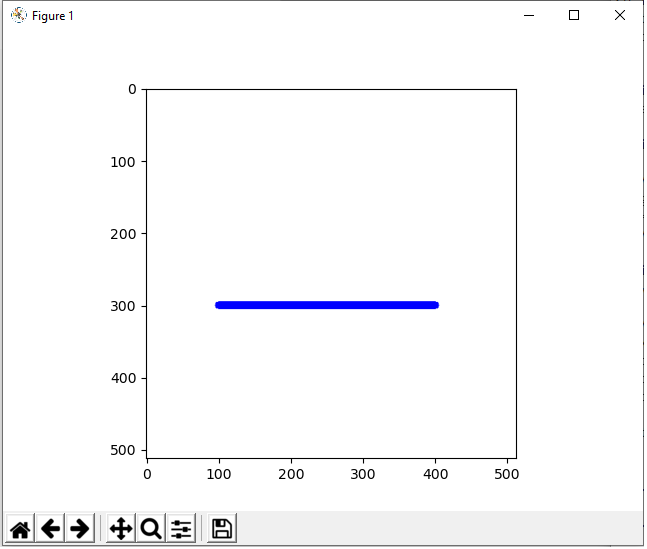How to really draw yourself space time diagrams
Table of Contents
Table of Contents
Are you struggling with how to draw a space time diagram? Do you find it difficult to understand the concept behind the diagram? Fear not, as this article will guide you through the process of creating a space time diagram with ease.
Many individuals struggle with understanding the concept and process behind creating a space time diagram. This can be frustrating, especially when needing to use it for physics or mathematical equations. Individuals may find that they cannot wrap their head around the concept, causing confusion and frustration.
The target of this article is to provide a step-by-step guide to help individuals create their space time diagram with ease. By following simple instructions and gaining a better understanding of the concept, constructing a space time diagram will be no longer an intimidating task.
In summary, this article will provide you with a clear understanding of how to draw a space time diagram, explaining the different components and techniques needed to create an accurate diagram.
How to Draw a Space Time Diagram: Understanding the Basics
At first glance, a space time diagram can seem a bit confusing, but it does not have to be. The diagram is used to represent the positions and movements of objects in a 2-D plane. A horizontal line is used to represent space, while vertical lines represent time.
When drawing the diagram, an observer is situated in one particular location and their movements over time are tracked. The observer’s path will be represented with a line called the “world line.” The world line of an object is not straight but can bend due to various physical forces.
To draw a space time diagram, start by drawing two mutually perpendicular lines. The vertical axis represents time, while the horizontal axis represents space. The world line of the observer is then plotted, followed by any other objects that it encounters. Each object will have its world line plotted on the graph, and they will not necessarily be straight lines.
 Common Misconceptions About Drawing a Space Time Diagram
Common Misconceptions About Drawing a Space Time Diagram
One of the most common misconceptions is that a space time diagram only represents movement in one direction. However, the diagram can represent movement in any direction, including backward movements over time.
Another common misunderstanding is that the diagram is only used for physics. While it is largely used for physics, space time diagrams can be applied to various fields such as mathematics and computer science.
The Importance of Accurate Measurements
When creating a space time diagram, accuracy is vital. The measurements taken must be precise, especially when measuring time intervals.
It is also essential to use the right scale when plotting the graph. A suitable scale allows for accurate measurements and prevents any wrongful interpretations of the data.
The Benefits of Understanding How to Draw a Space Time Diagram
Understanding how to draw a space time diagram can help individuals to visualize motion over time. It is commonly used in physics to represent various concepts such as time dilation and length contraction. Furthermore, it can be applied to various fields such as mathematics and computer science.
Personal Experience: How I Learned to Draw a Space Time Diagram
I struggled with understanding the concept of space-time diagrams at first, and I found it challenging to visualize the process. However, with the help of visual aids, such as videos and images, and by breaking down the diagram into smaller parts, I was able to understand the entirety of the process. Drawing my first diagram was not perfect, but with practice and patience, I was able to master the concept and create accurate diagrams with ease.
Common Questions About How to Draw a Space Time Diagram
Q: Why is a space time diagram used primarily in physics?
A: A space time diagram is used primarily in physics to represent concepts such as time dilation and length contraction. Q: Can a space time diagram represent movement in any direction?
A: Yes, a space time diagram can represent movement in any direction, including backward movements over time. Q: Is it essential to use a proper scale when plotting a space time diagram?
A: Yes, accuracy is vital when creating a space time diagram. Using the right scale helps to prevent wrongful interpretations of the data. Q: What is a world line in a space time diagram?
A: The world line of an object in a space time diagram represents the positions and movements of the object in the 2-D plane of the diagram. Conclusion of How to Draw a Space Time Diagram
In conclusion, constructing a space time diagram does not have to be a complicated process. By understanding the concept and following a simple step-by-step guide, you can draw an accurate diagram with ease. Remember to use accurate measurements, the right scale, and to take your time. Accurate space time diagrams are not only used in physics but can be applied in various fields, making it a valuable skill to learn. With practice and patience, you can master the art of drawing a space time diagram.
Gallery
How To REALLY Draw Yourself: Space-time Diagrams
Photo Credit by: bing.com / diagrams spacetime object
If You Draw A Spacetime Diagram The Worldline - Hanenhuusholli
Photo Credit by: bing.com / worldline spacetime straightest analogy quora
If You Draw A Spacetime Diagram The Worldline - Hanenhuusholli

Photo Credit by: bing.com / spacetime worldline
How To REALLY Draw Yourself: Space-time Diagrams
Photo Credit by: bing.com / spacetime diagrams
40 If You Draw A Spacetime Diagram, The Worldline Of An Object That Is
Photo Credit by: bing.com / spacetime worldline





